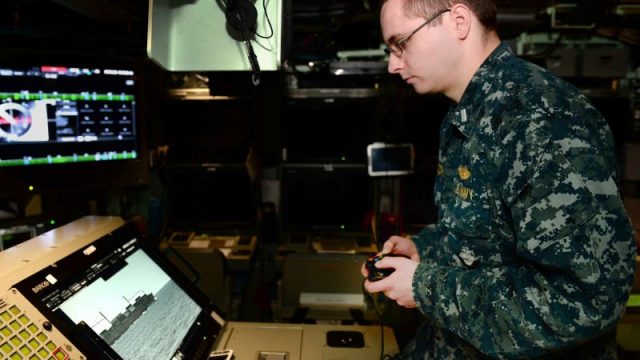The newly-commissioned US Navy attack submarine is partly operated with an Xbox 360 controller. The USS Colorado officially went into service on March 17th, 2018 at the Naval Submarine Base in Connecticut. As reported by Associated Press, this will be the first attack submarine in history to use a gaming pad to maneuver its photonic masts. The photonic masts replace the telescopes…

Atlas is an action-rpg with rogue-like elements where you use your ability to control the ground to fight the enemies and move through procedurally generated worlds.










